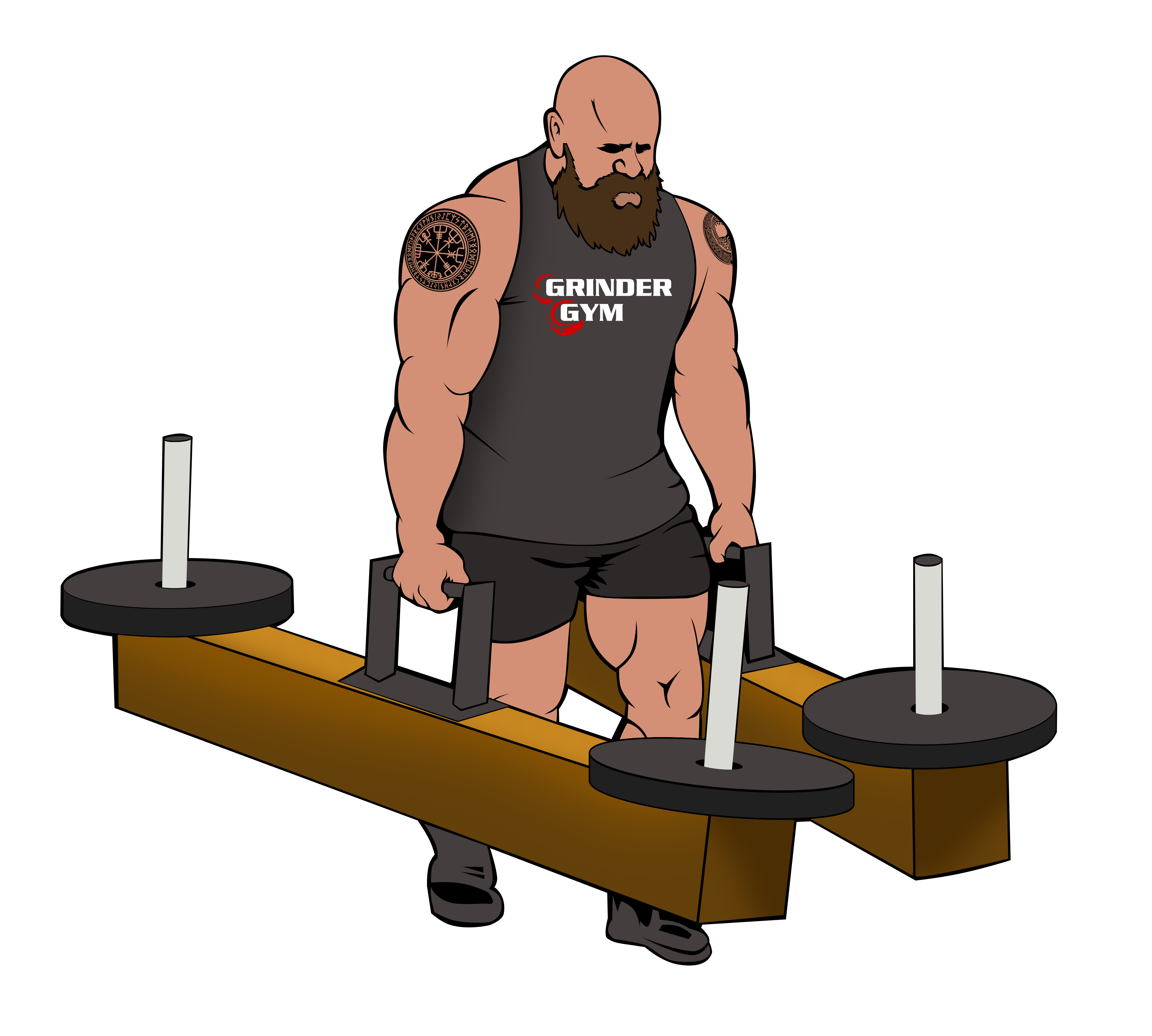Introduction Naturopath, Dr. Peter D’Adamo wrote the bestseller Eat Right 4 Your Type in the late 1990s. In the book, D’Adamo claims that blood type is “the key that unlocks the door to the mysteries of health, disease, longevity, physical vitality, and emotional strength.” From his book and research, the Blood Type Diet (BTD) was […]
Blog
Raw Food Diet
Introduction The “mother of living foods”, Ann Wigmore, was an American self-taught nutritionist, whole foods advocate, and health educator who has been accredited with popularizing the raw food diet in the 1950s. However, it was not until the 1990s when celebrities such as Demi Moore, Gwyneth Paltrow and Sting started advocating the benefits of an […]
Gluten Free Diet
Introduction The Gluten-Free Diet did not start out as a weight loss plan, but a diet followed the approximately one percent of people who suffer from celiac disease. Some “experts” believe that a gluten-free diet may assist people with losing weight, and have even convinced some celebrities like Oprah and Gwyneth Paltrow to try a […]
Cookie Diet
Introduction In 1975, Dr. Sanford Siegal, a Miami obesity physician, developed a cookie formula for his patients who were struggling to lose weight. The meal replacement approach gained mainstream popularity over the decades, and today more than 500,000 people have used Siegal’s Cookie Diet. Other cookie diet programs have sprung up in recent years as […]
The Best Life Diet
Introduction Bob Greene, an exercise physiologist, is best known as Oprah Winfrey’s trainer. In 1996, Greene, in collaboration with Winfrey, wrote his first book, Make the Connection: Ten Steps To A Better Body — And A Better Life, which went to #1 on The New York Times Best Sellers list. Since then, Greene has written […]
Grapefruit Diet
Introduction Grapefruit is a great natural simple carbohydrate that is high in fiber and vitamin C. However, some supporters believe that grapefruit has the ability to burn fat and lead to weight loss, thus paving the way for one of the more popular quick-fix fad diets known as the Grapefruit Diet. Surprisingly, this particular fad […]
The Beer Drinker’s “Diet”
Introduction Bradley Scott Cailor describes himself as a former yo-yo dieter and average guy who likes his beer. Cailor decided to write about his extreme obesity and eventual journey of weight loss in his book, The Beer Drinker’s “Diet”. Cailor’s approach to weight loss, which is described in the book, is not as much a […]
The Beck Diet Solution
Introduction Dr. Judith Beck is the Director of the Beck Institute for Cognitive Therapy and Research, and the author of The Beck Diet Solution: Train Your Brain to Think Like a Thin Person. The book is based on Beck’s experiences with patients who have lost weight using Cognitive Behavioral Therapy (CBT). The Beck Diet Solution […]
Ketogenic Diet
Introduction The ketogenic diet originated in the 1920s as a way to treat difficult-to-control epilepsy in children, but with the introduction of effective anticonvulsant drugs in the 1930s, the diet approach fell to the wayside. The-high fat, moderate protein, low carbohydrate diet approach remerged in the late 1980s with the popularity of low/no carbohydrate diet […]
Atkins Diet
Introduction Dr. Robert C. Atkins first introduced the Atkins Diet in the early 1970s. The program enjoyed sporadic popularity over the next few decades, gathering a strong following in the 1990s with his best-selling book Dr. Atkins’ New Diet Revolution. It has been estimated that over 20 million people worldwide have tried the diet, and […]
